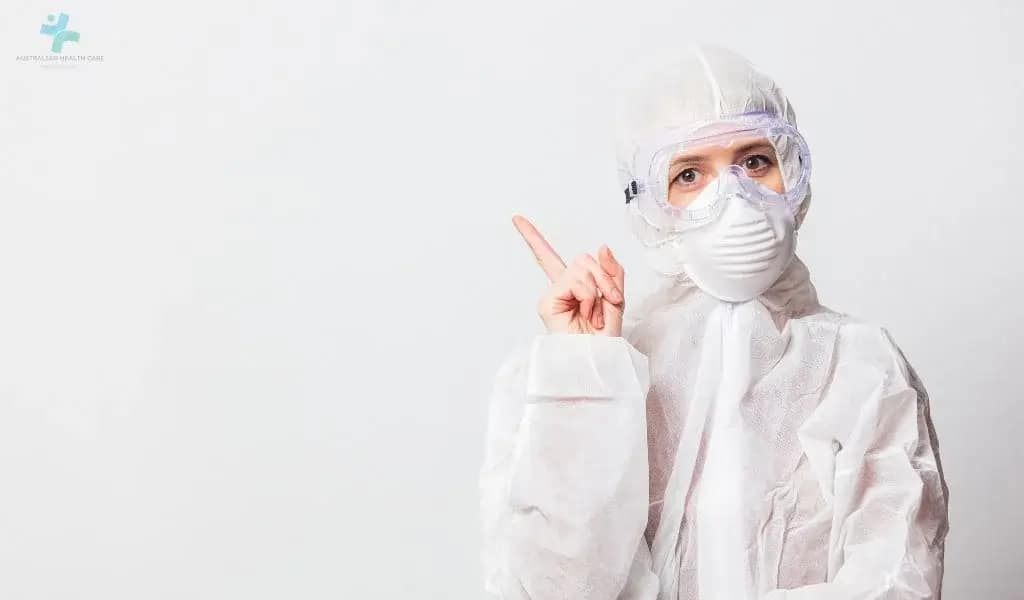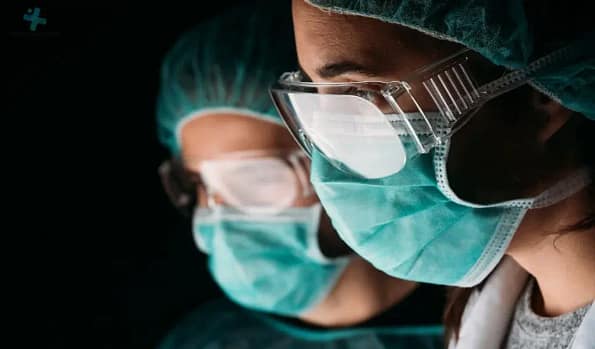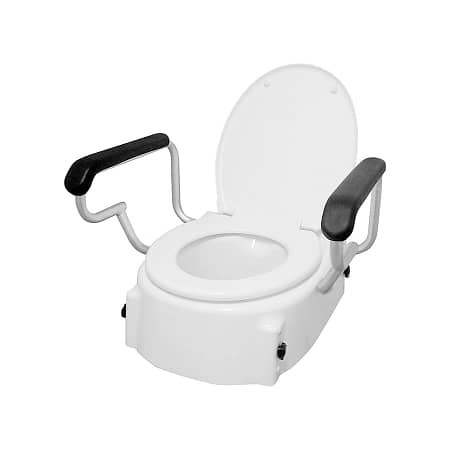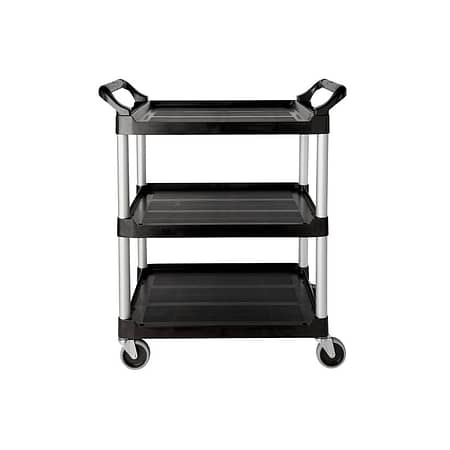What types of safety glasses are recommended for healthcare professionals working in different clinical settings and their method of providing protection?
Importance of eye protection in healthcare settings
In healthcare settings, prioritising eye protection is paramount, underscoring the significance of safety glasses. From shielding against splashes and debris to mitigating the risk of eye injuries, safety glasses play a vital role in safeguarding healthcare professionals. In Australia, adherence to legal requirements and standards for safety glasses is crucial, ensuring compliance with regulations and fostering a safe working environment. Understanding these standards and the importance of eye protection sets the foundation for selecting appropriate safety glasses tailored to the diverse clinical settings healthcare professionals encounter.
Types of Safety Glasses
Healthcare professionals often require specialised safety glasses to meet their unique needs. Here are some common types:
Prescription Safety Glasses
For those with vision correction needs, prescription safety glasses offer both clarity and protection. Consider factors such as lens material, frame design, and compatibility with additional protective equipment when selecting the most suitable option.
Wraparound Safety Glasses
Designed to provide enhanced coverage, wraparound safety glasses offer protection against splashes, debris, and other hazards. They are particularly well-suited for high-risk clinical environments where the risk of exposure to infectious materials is elevated.
Anti-Fog Safety Glasses
Maintaining clear vision is essential during prolonged wear, especially in environments where temperature changes occur frequently. Anti-fog safety glasses prevent fogging, ensuring continuous clarity and visibility. Look for features such as anti-fog coatings and ventilation systems to maximise effectiveness.

Protective Methods in Different Clinical Settings
Operating Theatres and Surgical Environments
In surgical settings, high-level eye protection is essential to safeguard against potential splashes, sprays, and other hazards. Surgeons and theatre staff should utilise safety glasses designed specifically for surgical procedures to ensure optimal protection.
Emergency Departments and Trauma Units
Emergency healthcare professionals face unique challenges and risks, including the potential for eye injuries in fast-paced environments. To mitigate these risks, impact-resistant safety glasses are recommended to provide robust protection against various hazards encountered in emergency and trauma settings.
Dental Clinics and Orthodontic Practices
Dental procedures often involve risks such as flying debris and aerosols, making eye protection crucial for dental practitioners. Safety glasses with side shields offer comprehensive protection, shielding against potential splashes, contaminants, and other hazards encountered in dental clinics and orthodontic practices.
Maintenance and Care Tips for Safety Glasses
To ensure the longevity and effectiveness of safety glasses, it’s crucial to follow proper maintenance and care practices. This includes regularly cleaning the glasses using appropriate methods to maintain clarity and remove any debris or contaminants that may compromise visibility. Additionally, storing safety glasses properly when not in use can help prevent damage and prolong their lifespan. By incorporating these maintenance and care tips into routine practice, healthcare professionals can maximise the durability and protective capabilities of their safety glasses, ensuring continued safety in clinical environments.

Conclusion
In conclusion, the selection of appropriate safety glasses is of utmost importance for safeguarding the well-being of healthcare professionals in various clinical settings. By prioritising eye protection measures and ensuring the provision of suitable safety glasses, healthcare facilities can significantly reduce the risk of eye injuries and enhance the overall safety of their workforce. It is essential for healthcare organisations to remain vigilant and proactive in implementing comprehensive eye protection protocols to safeguard the vision and welfare of their staff members.





















